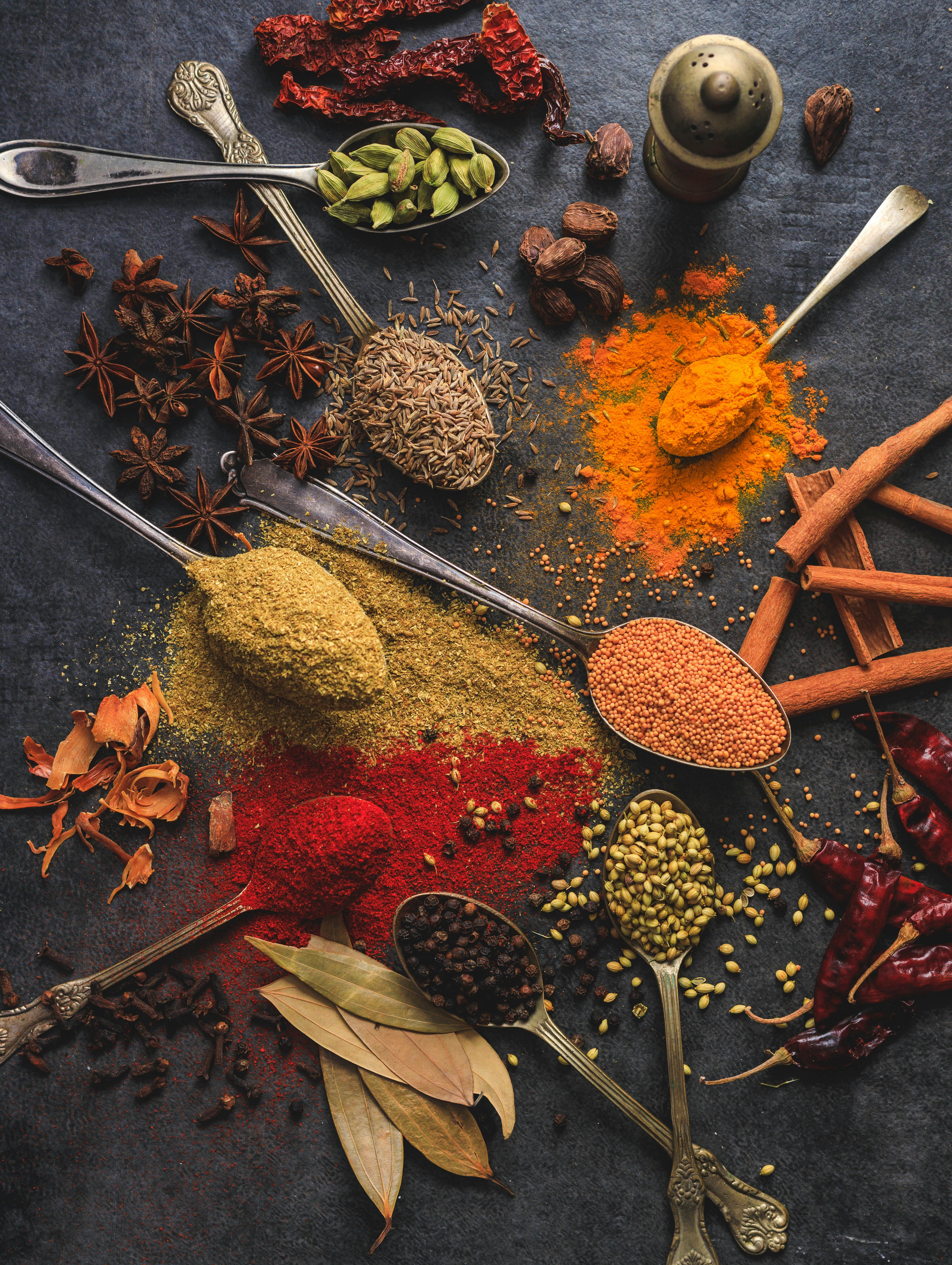Unveiling the Health Potential of Spices: A Journey Beyond Taste
The world of spices is not just about adding flavor to our dishes. These colorful and aromatic wonders have been recognized for their medicinal properties since ancient times. From the enchanting markets of Marrakech to the crowded bazaars of Delhi, spices have been at the forefront of health and healing. But what does modern science say about these potent botanicals? Let's delve into the fascinating health potential of spices.

The Historic Spice Trail
Historically, spices have been used as food preservatives, color enhancers, and primary ingredients in traditional medicine. In ancient Egypt, spices such as anise and garlic were used for their antiseptic properties. In medieval Europe, spices like cinnamon and clove were highly prized for their potential to ward off disease. Fast forward to today, and scientific research is beginning to substantiate these age-old beliefs.
Spices in Modern Health
Today, various studies indicate that spices can play a significant role in disease prevention and health promotion. For instance, research on turmeric has revealed its potent anti-inflammatory and antioxidant properties, suggesting a protective role against chronic diseases such as cancer and heart disease. Similarly, ginger has been scientifically validated for its anti-nausea effects and potential to alleviate symptoms of arthritis.
Weighing the Evidence: Benefits and Challenges
While the health properties of spices are promising, it’s important to remember that they are not magic bullets. For instance, while turmeric is notable for its anti-inflammatory effects, it’s not easily absorbed by the body. This necessitates combining it with other substances, such as black pepper, to enhance absorption. Similarly, while spices can contribute to health, they cannot replace a balanced diet or regular medical check-ups.
The Science Behind Spices
Each spice is a complex blend of bioactive compounds. For instance, the main active ingredient in turmeric is curcumin, a compound with powerful antioxidant and anti-inflammatory effects. Similarly, capsaicin, the active ingredient in chili pepper, has been linked to pain relief and weight loss. This complexity underlines the need for more research to fully understand the benefits and potential risks of each spice.
Spice Up Your Health: Practical Insights
- Turmeric: Add to your curries, smoothies, or even tea. Remember to combine it with black pepper for better absorption.
- Ginger: Helps with digestion and nausea. Try it in your tea or grated in your meals.
- Cinnamon: Known for its potential to stabilize blood sugar levels. Sprinkle it on your oatmeal or add it to your coffee.
- Cayenne Pepper: Might boost metabolism and help with weight loss. A small sprinkle can heat up your dishes.
In conclusion, the world of spices offers a colorful palette of flavors and potential health benefits. From anti-inflammatory turmeric to digestion-friendly ginger, these botanical gems have much more to offer than just taste. While they are not a cure-all, incorporating spices into your diet can be a flavorful step towards a healthier lifestyle. Remember, true wellness comes from a lifestyle that includes a balanced diet, regular exercise, and medical check-ups. So, let’s spice up our lives and embark on this flavorful journey to health and wellness!




